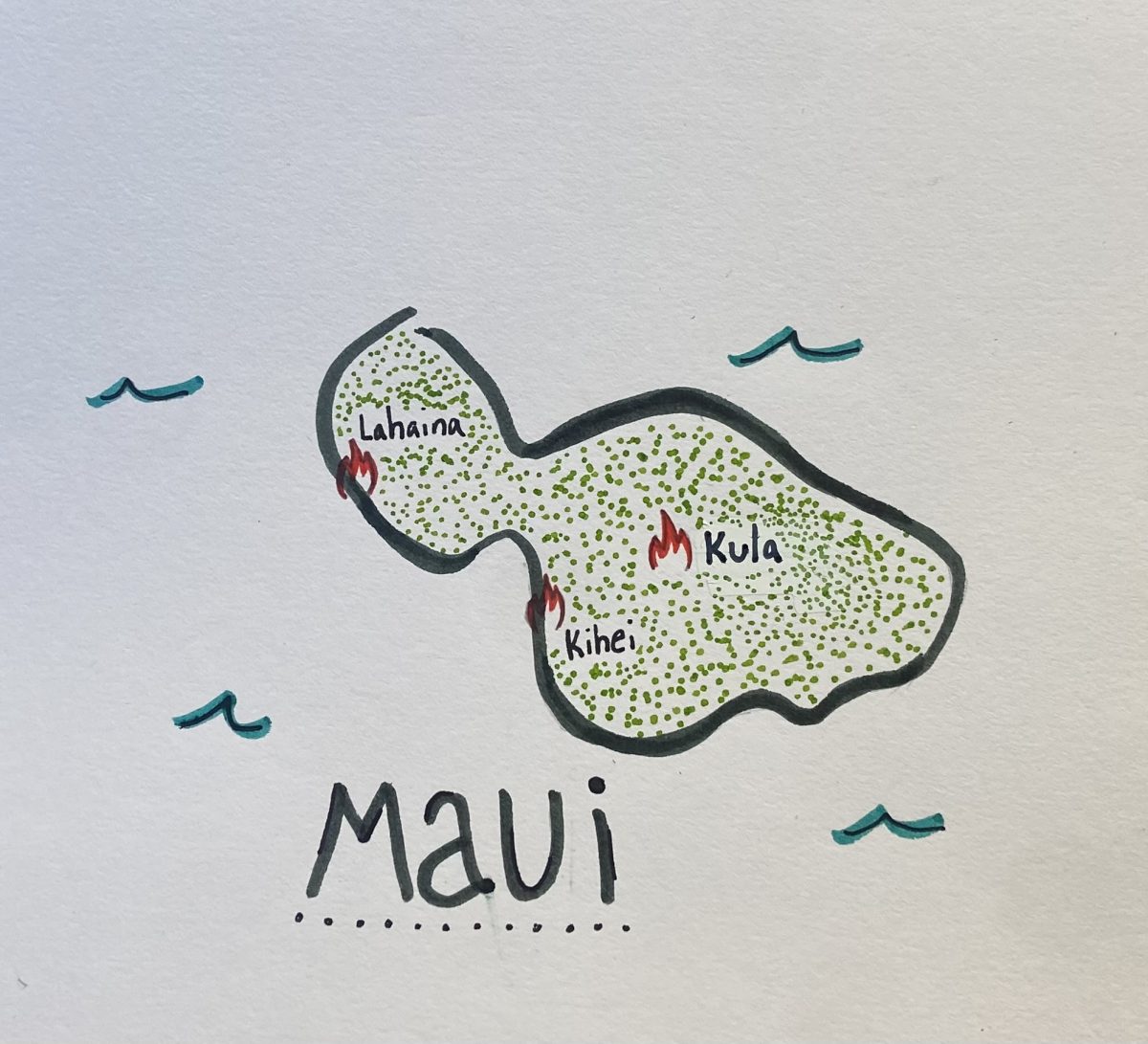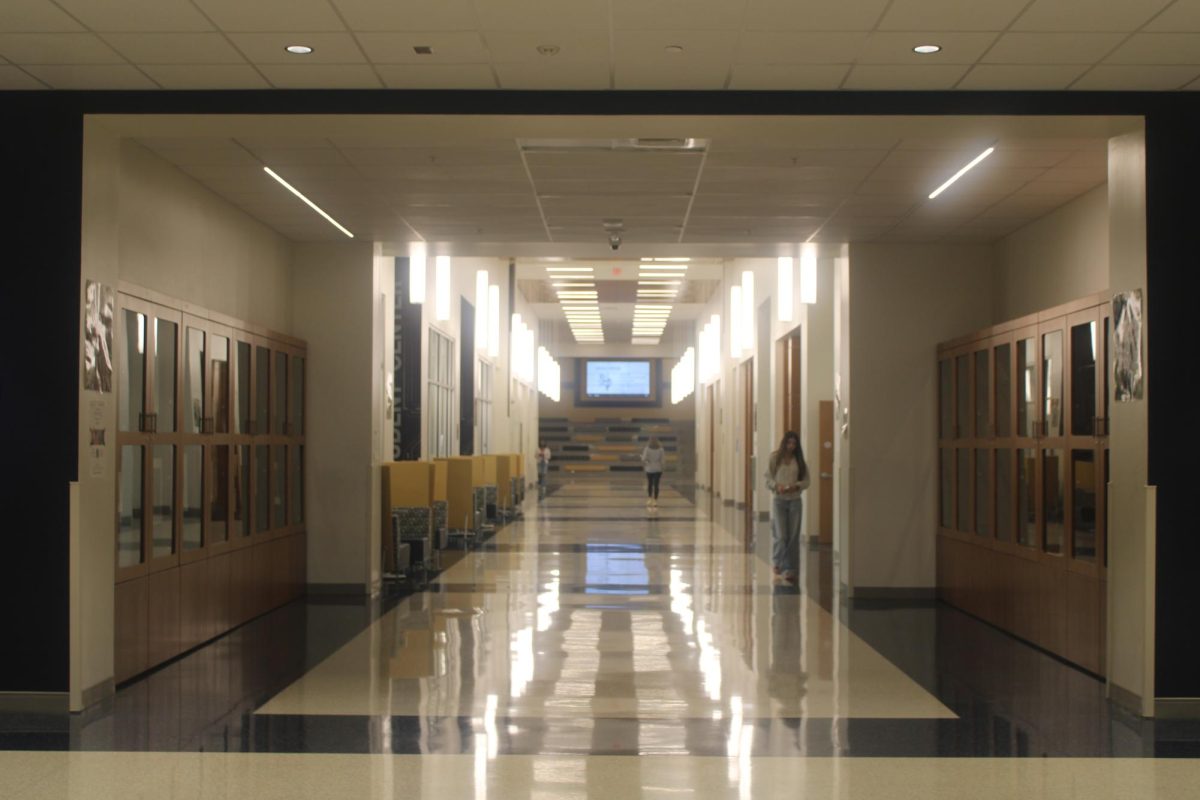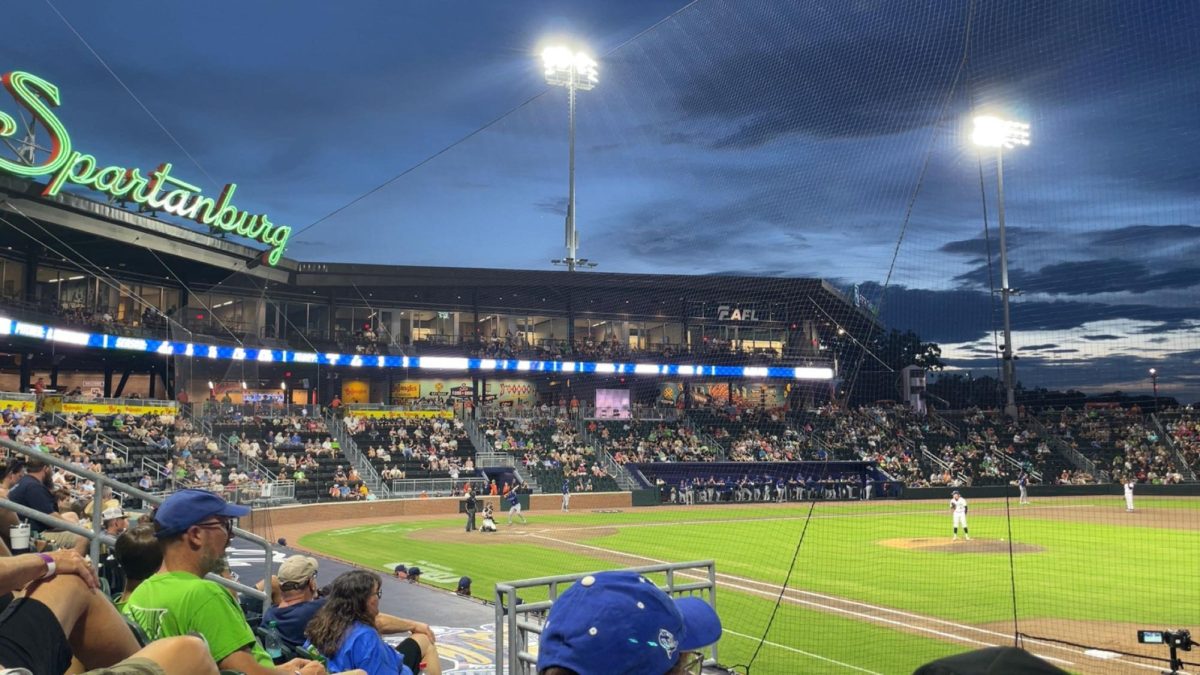The Hawaiian Island known as Maui caught on fire on Aug. 8, sparked from powerlines that fell during a windstorm. This 1-million-year-old historic island’s burning is a tragedy for Hawaiians and for people all around the world. Maui has always been a lavish island full of rich history and beautiful ocean views. This fire has changed the breathtaking landscape that so many cherish.
During the blaze, many Hawaiians fled to the ocean to escape the fire. According to CNN.com, the island’s alarms did not go off because government officials were afraid that they would confuse people into thinking that a tsunami was coming, which would cause people to flee inland towards the fire instead of away from it. Unfortunately, this meant that many people had no idea about the fire until it was terribly close. Some people sat in the ocean for hours watching their homes and history burn.
There is some controversy about how the fire really started, and the truth is no one knows for certain. Theories include faulty power lines that fell during the windstorm or perhaps that the first fire was not well contained, and so it spread. In an interview with the Maui Electrical Company, unity officials point out that “the water system in the Lahaina area relies on electrical power to pump water through the network and deliver it to fire hydrants… so the decision to shut off power, even when winds pose a fire risk, a complicated one.”
Molly Bryant (10) was young when she visited Hawaii, but still can recount the vibrancy of Hawaii’s environment with precise detail. Bryant believes the main problem with the fire was that the power company should have shut their powerlines off when they got news about the high winds. Regardless, she was distraught when she learned about the fire.
“During my visit, I saw all kinds of bright birds, fish, and coral. I remember taking a hula class, visiting a black-sand beach and attending a luau,” Bryant said. “I feel a lot of remorse for the families who lost loved ones and for the loss of Hawaii’s nature as well.”
The fires were televised on the news all over the world. After four long days, most fires were put out, but the search for survivors and missing people still continues. So far, the officials have found 114 dead and there could be more than 1,000 unaccounted for.
Callie Crocker (10) watched the fires on the television and felt distress for the beautiful island and all the people who live there.
“I heard about the fires a few weeks ago and thought it was sad because of how pretty Hawaii is. I think they should try their best to restore it but if not possible, it will restore itself in time,” Crocker said.
The topic of recovery for the island is a big one. Dr. Rebecca Gentry is an AP Environmental Science teacher and has shared with her students what fire has done to the environment of Maui.
“The Maui wildfires could lead to drastic repercussions in the environmental realm. The fires themselves have released vast quantities of CO2 and other greenhouse gases into the atmosphere. Not only does this impact both plants and animals in the surrounding areas, but also will cause problems with the coral reefs in the surrounding waters. These corals are already very fragile and the excess CO2 deposits as well as the runoffs of ash, soot, and other contaminants could be detrimental to their existence,” Gentry said. “Recovery time is going to take years if not decades as scientists haven’t fully assessed all of the short-term as well as long-term damages that have occurred.”
Of course, the recovery has already started. Regrowth in the roots of the historic 150-year-old Banyan tree in Lahaina has sparked hope of a new beginning in the Hawaiians’ hearts.









